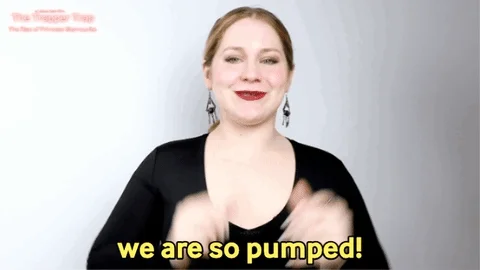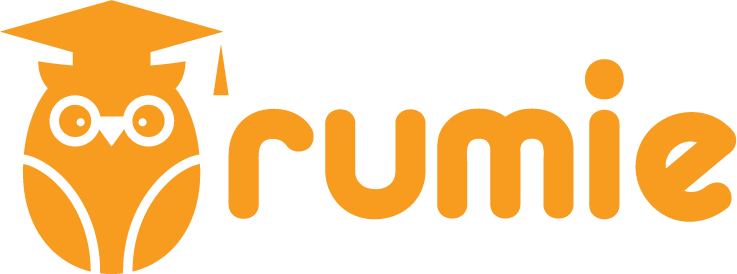
This logo isn't an ad or affiliate link. It's an organization that shares in our mission, and empowered the authors to share their insights in Byte form.
Rumie vets Bytes for compliance with our
Standards.
The organization is responsible for the completeness and reliability of the content.
Learn more
about how Rumie works with partners.
Have you ever spent hours scrolling through job postings, unsure if any of them match what you want for your career?
Or maybe you accepted a job in a rush, only to realize later that it doesn’t align with your goals, leaving you feeling stuck and unfulfilled.
 Landing the wrong job can be frustrating. You might find yourself unmotivated, counting down the minutes until the day ends. In fact, surveys show that "one in five people regret accepting their new jobs."
Landing the wrong job can be frustrating. You might find yourself unmotivated, counting down the minutes until the day ends. In fact, surveys show that "one in five people regret accepting their new jobs."

When you find a role that truly fits your career goals, everything changes. You feel inspired, motivated, and fulfilled because every day brings you closer to the future you’re working toward.
Let’s explore four steps to help make your dream job a reality! ✨
Step 1: Set Long-Term Career Goals
Before considering a job, take time to write down your long-term career goals. 🚀 Ask yourself the following two questions:
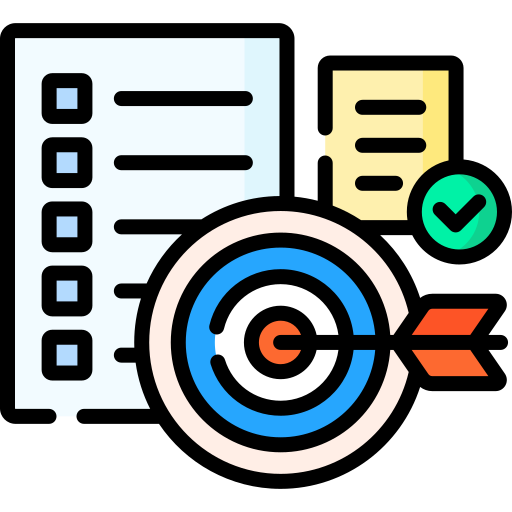
Question 1: Which career path do you want to pursue?
Question 2: What do you want to achieve in your career within five years, ten years and beyond?
The answers will serve as a roadmap for evaluating potential job opportunities.
Consider This Scenario...

Samantha has just graduated with a degree in marketing and is starting to explore job opportunities. Before jumping into applying for different roles, she realizes she needs to set long-term career goals to ensure she's on the right track.
Which of the following are good career goals that can help her find the right job? Select all that apply:
A. I will pursue a career in marketing.
B. I will be a proficient marketing professional within 5 years.
C. I will be a manager leading a marketing team within 10 years.
D. I will buy my own home once I’m stable in my career.
Quiz
Select all the career goals that can help Samatha find the right job:
Although buying a home is an important matter to consider in life, setting career goals that outline the path, roles, and proficiency levels she needs for her career is essential for Samantha to find the right job.
Step 2: Set Short-Term Goals Using the SMART Framework
Use the SMART framework to break long-term career goals into smaller, short-term goals. This helps you take small steps toward achieving the bigger goals. 👣

SMART stands for:
Specific: Clearly define what and how the goal will be achieved. 🎯
Measurable: Ensure the goal can be tracked. 📐
Achievable: Make sure the goal is realistic with current resources and skills. 🪜
Relevant: The goal should support bigger objectives. 🖇️
Time-bound: Set a clear deadline for achieving the goal. ⏰

Let’s take another look at Samantha’s situation. She can set short-term career goals using the SMART goal framework. Here are a few examples:
Example 1: Build a portfolio by completing three marketing projects in the next three months using free, popular tools, showcasing her skills to potential future employers.
Example 2: Grow her network by connecting with five professionals on LinkedIn every month.
Example 3: Grow her industry knowledge by attending at least two marketing webinars every month.
Step 3: Find Competencies Needed to Achieve Your Goals
After clarifying your career goals, figure out which competencies you need to develop to achieve them. 🛠️
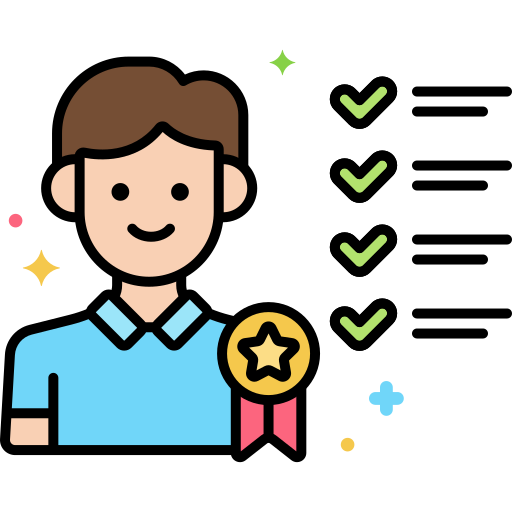
Let's say, you aim to become a project management professional. The knowledge and skills you need will include:
Core project management knowledge
Project management tools and software
Communication and interpersonal skills
Planning and organizational skills
Leadership and team management skills
Look for job opportunities that will help you hone those skills. While mastering every skill at once is unrealistic, focus on developing a few core capabilities at a time.
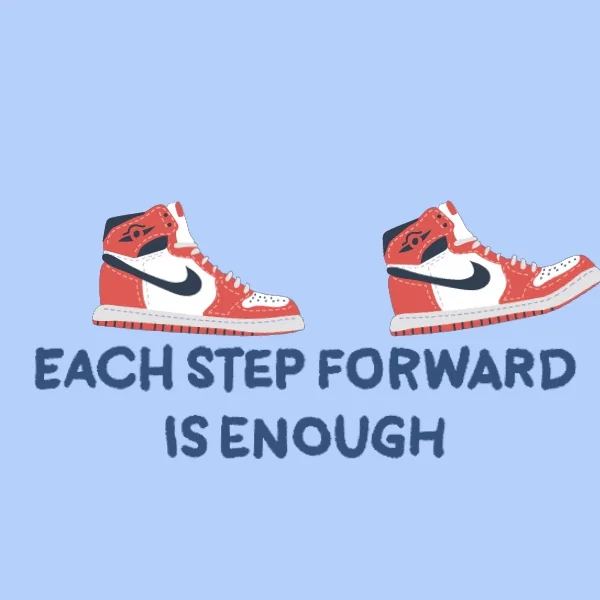
Quiz
Samantha’s long-term career goal is to become a marketing director. Which of the following skills should she focus on? Select all that apply:
To become a marketing director, Samantha will need to develop marketing strategy and leadership skills.
Step 4: Discover the Right Match
Now that you’ve got a clear understanding of your career goals and the competencies required to achieve them, it’s time to start looking at job opportunities.
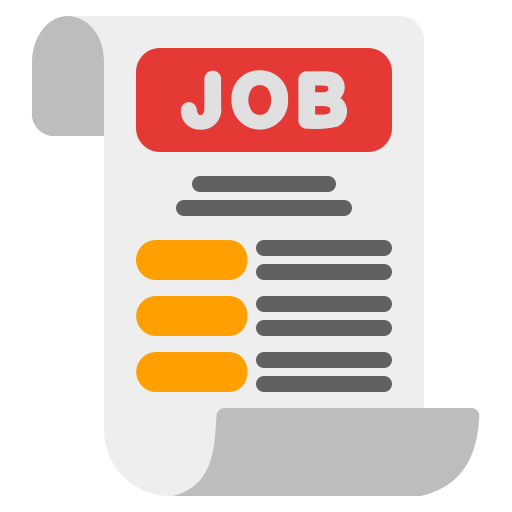
Read through the job descriptions.
See if the skills required match what you're good at.
Make sure the responsibilities can help you build the skills needed for your career goals.
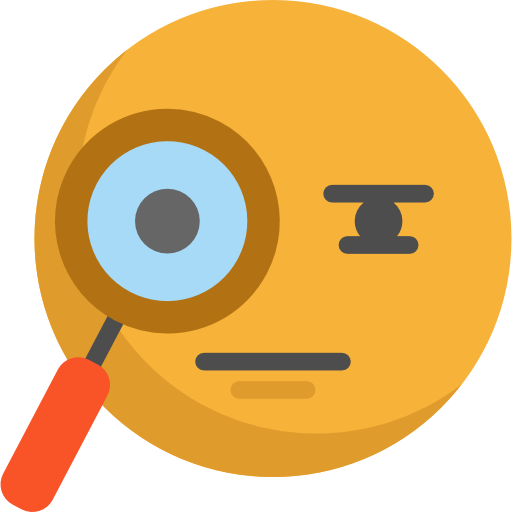
2. Conduct research on the companies.
Check out the company’s mission, values, and culture. Make sure they align with yours.
Check if the company provides room for skill development or promotions.
Did you know?
Sites like Glassdoor, LinkedIn, Indeed, and other major job search platforms have reviews which can give you an idea of what it's like to work at a company and how employees feel about it.
Take Action
Figuring out if a job fits your career goals takes some thought and planning. Start by:
Getting clear on your short-term and long-term career goals 🚀
Figuring out the competencies you need to reach them 🛠️
Doing thorough research on the job and the company 🔎
This way, you can make a confident decision about whether it’s the right move for you.

What's next?
This Byte has been authored by
Lucy Wang
Academic Assistant
MA
